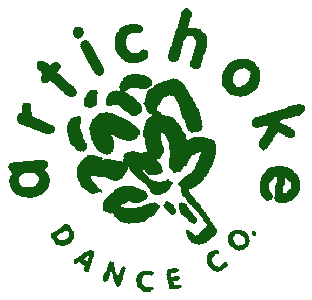Since 2010 I’ve been developing works around particular geographic areas. In 2010, Your Planet brought performers, participants and audiences to Coney Island and Manhattan Beach to explore the shifting environment of sand and tides and witness a location in which debris washes ashore. This began my obsession with plastic pollution and a practice of integrating community actions into each project. For Your Planet, trash, mostly plastic, was gathered from the beaches. It also began an investigation into water and shorelines, an ever-changing and fascinating boundary and transitional area, which led me to further work along the East River, Biscayne Bay, and Gowanus Canal. My initial goal with Your Planet, and subsequent works, was to shed light on the impact of human action on “nature”. I use quotes here to acknowledge that the locations in which the works occur are not unaffected, but very much shaped by, human desire for a particular purpose or aesthetic. Nature, features or products of the earth as it was once understood, is now inseparable from human creation and intervention.
In working on-site, the dancers and I respond to what we feel, hear, touch and see. Each place has its own energy created not only by what goes on but also by what has been, its history, and what could be, its potential. We also interact with the people that inhabit these places, and learn about existing micro-cultures. Through observing, traversing, interacting and interpreting, the complexities of the place emerge. This directs the integrated community actions and subsequently plays an integral part in the research and development of a work. My focus begins from an environmental place, yet the integrated community actions are often tied to political and/or economic concerns, all of which interact to impact the people that live and/or work in the surrounding area.
This leads me to consider the question, what is the performance? Some people experience part the process only, some the culminating events. The work encompasses it all. Might we see the whole as performance? In doing so, how does this shift the place of arts in culture and society? I ask these question in part as an attempt to define what I do…choreographer/director, mover, organizer, activist, student, and consummate questioner. My work is not quite Creative Place making, which starts from a place of community planning and development, it’s more like Place Based Action that engages with environmental issues, which run concurrent with political, social and economic issues.
The Gowanus Canal, an area I’ve been working in for several years, is a great example. I was drawn to the Gowanus Canal as a toxic superfund waterway in my backyard. While a plan to clean the canal is in place, its implementation has been ripe with controversy. The interdependence of environmental issues with social, racial and economic justice is glaringly apparent, leading me to further consider the connection between place and performance. Working with others within the web of these complexities has become part of my artistic investigation. Again I ask, what is performance?
Next month I begin rehearsing on-site for a work along Pier 44 and the Waterfront Garden in Red Hook. For several weeks the Waterfront Museum, located along the Upper Bay of New York Harbor, is hosting a series of events that reflects back on the history of the Erie Canal for its Bicentennial celebration. The work I’m creating for this Canal to Coast celebration is Lock Step, referencing the 35 locks in the canal, some of which I’ve traversed by water. Looking back in time to explore the ongoing theme of interaction with and impact on water, I’m hoping that, by examining the exchange between the canal and the people who lived along its route, I’ll discover new perspectives to influence my thinking about the developing Gowanus, which in addition to pollution remediation is undergoing a visionary plan and rezoning process that will potentially increase the population of parts of the surrounding neighborhood by 50%. What does a canal, in this case, need and how can our movements and collective actions help shape the impending change? Engaging in non-rational conscious activities, like intuitive responses, modeling in movement and moving reflections, can reveal new pathways. What insight might we gain to help us re-envision our interactions with, and use of, water?
For Lock Step, we’re not only reflecting on another time but also another geographic place. This challenge of translation I think will parallel working in the theater, where one takes a fairly neutral black box of space and transforms it into a different place. I’m eager to dive into these questions and discover how incorrect any of my predictions might be.

